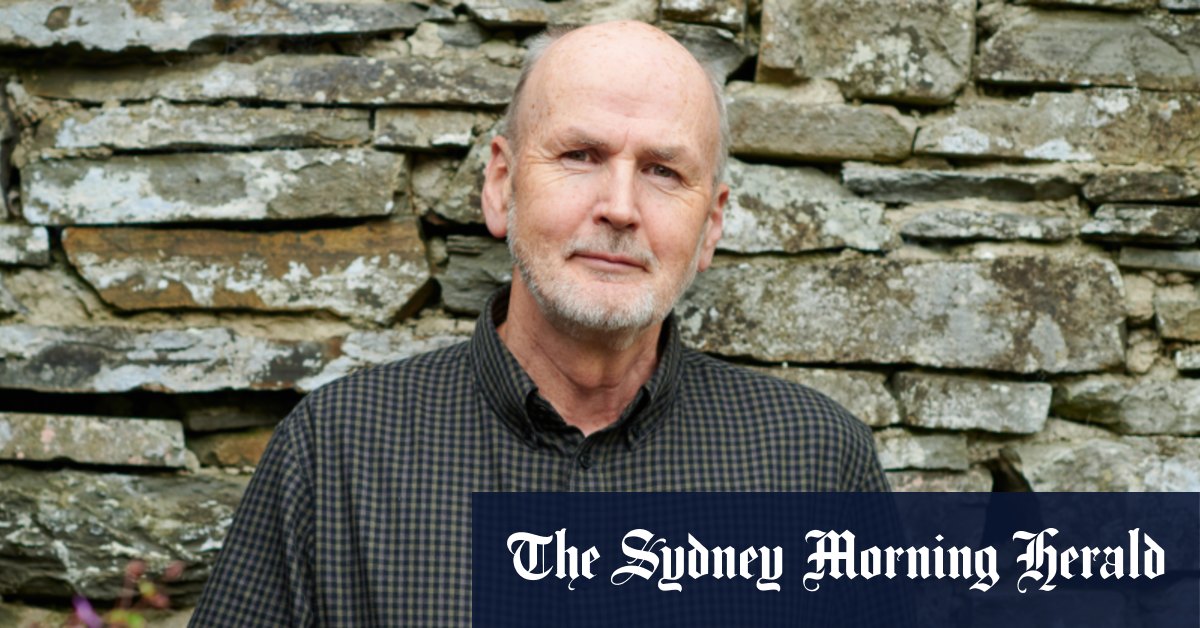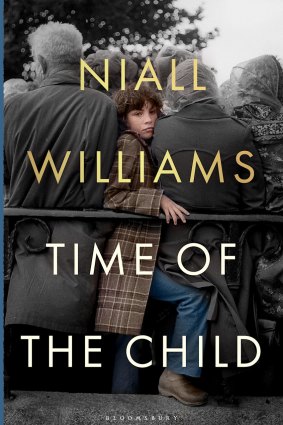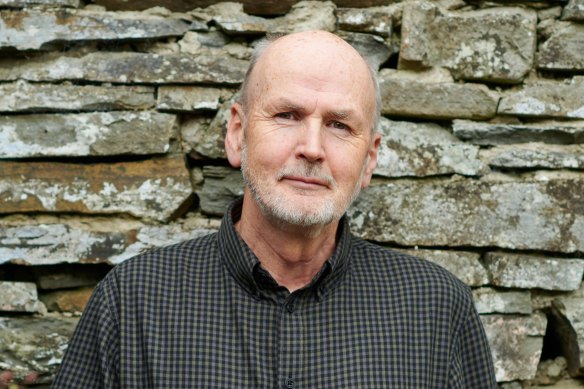

Niall Williams has an extraordinary gift for taking us into people’s lives.
FICTION
Time of the Child
Niall Williams
Bloomsbury, $32.99
After reviewing Niall Williams’ 2019 novel This Is Happiness and believing I’d (somewhat late) come across one of the most impressive – and irresistible – novelists of recent times, it is good to report that this view is confirmed by his latest work, Time of the Child. Though it isn’t exactly a sequel, it has numerous connections with the earlier novel.
Most obviously, it is set in the west of Ireland, in the village of Faha and its surroundings, and many of the characters who had their origins in Happiness. And once again we have Williams’ extraordinary gift for taking us into lives, be they those of protagonists or even those who appear fleetingly.
In the previous novel there are two crucial arrivals: a man called Christy and electricity. The latter gets several references to its effects on the life of the Faha village and its neighbouring locations in Time of the Child. Neither Christy nor Annie Mooney, the woman he once sought, appear again, but Mooney makes her presence felt in the memory of Dr Jack Troy, who has never forgotten his love for her. The other arrival here is that of the eponymous child, a baby left on the doorstep of the austere Troy.
The baby’s arrival will change Troy’s life, but not at the expense of all those other lives that make up the community of Faha. Troy is a respected doctor; actually, “respected” is probably the maximum emotional response he requires of other people. Now 71 and long-widowed, he is not given to displays of warmth, either to his patients or his eldest daughter Ronnie (Veronica), but he has a serious role, as does priest Father Tom in this strongly Catholic community.
Troy’s sense of guilt about how he contributed to the failure of Ronnie’s relationship with Noel Crowe comes back to haunt him when the baby arrives. Ronnie has become besotted with the baby, and Troy tries secretly to lure Noel back from America, using the imminent death of Noel’s mother as a cover. Don’t expect any feel-good closure in relation to these events. Williams doesn’t go in for conventional cause and effect outcomes. All I can say is that the child’s entry brings some positives into both Ronnie and Troy’s lives, as well as in the way the village reacts when the child’s presence becomes known.

Niall Williams is concerned with the life of individuals and the village itself in Time of the Child.Credit: John Kelly
One of the novel’s major achievements, as was the case with Happiness, is the extraordinary sense of village life and rural surrounds it evokes. Part one, set in December 1962, introduces those who form part of the network that make up the parish as it emerges on the first Sunday of Advent mass, when “Those who were wedged into the pews … were a congregation of silent fortitude”: they had lived through revolution, seen the poet-revolutionaries replaced by bank managers and discovered that independence had left them as poor as before.
Troy is written in the pharmacy, in the post office, treating patients at his home and visiting the Crowe farm, where the farmer’s wife is seriously ill. The doctor’s place in the community is established, but so is the community at large, with its ailing priest, who falters in his sermon.



